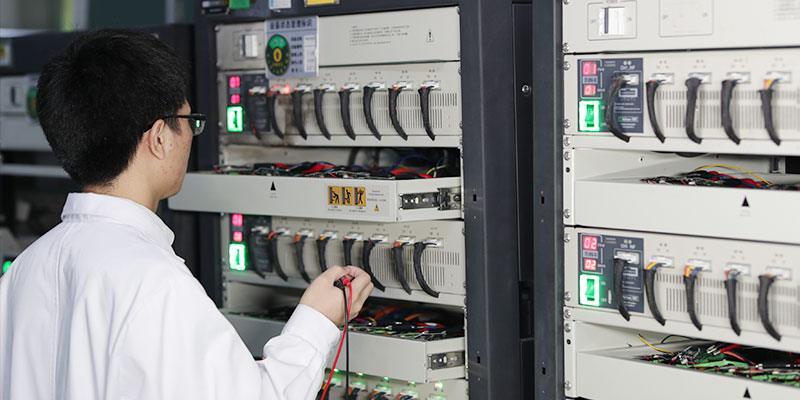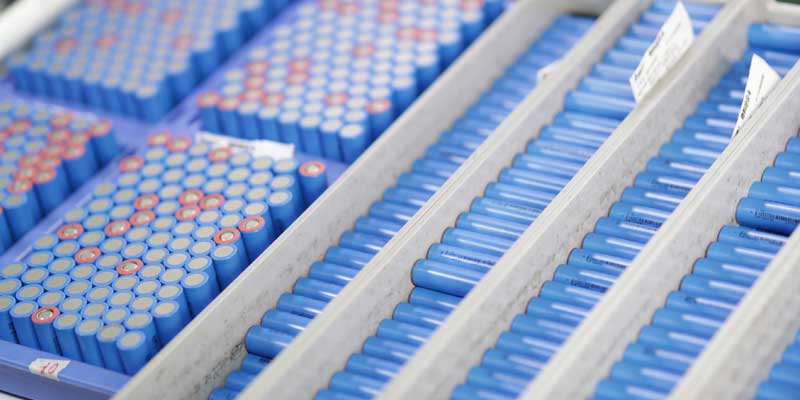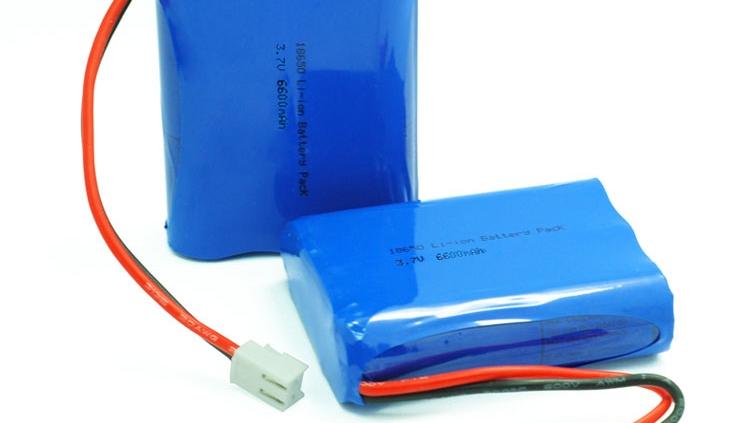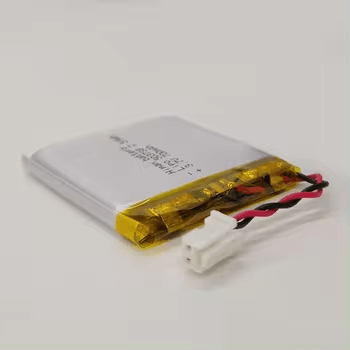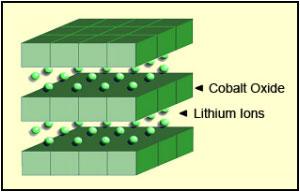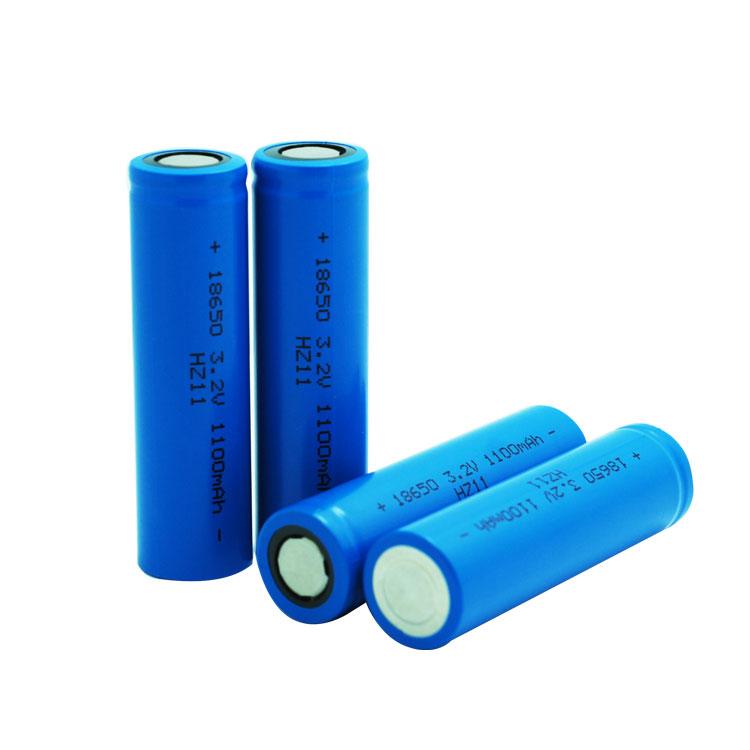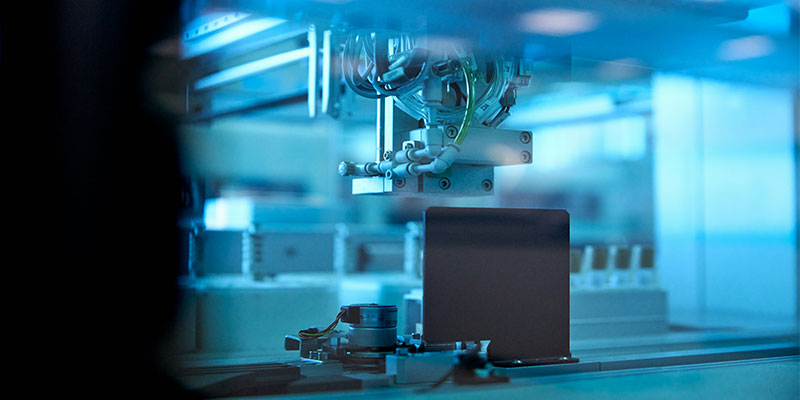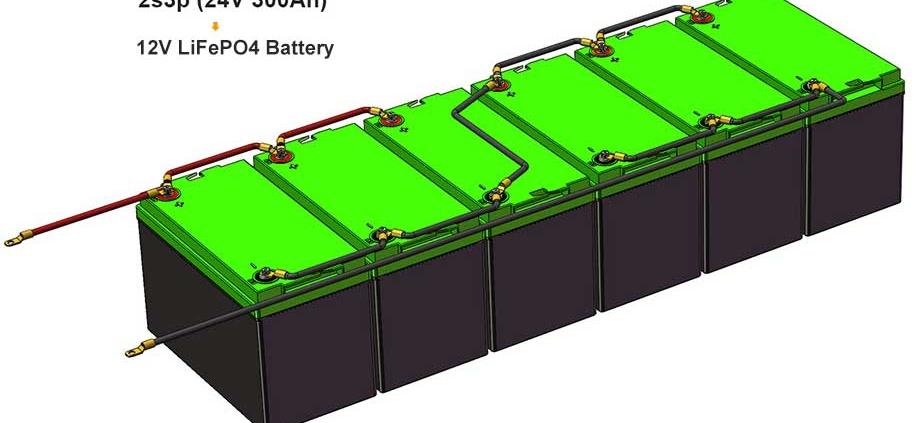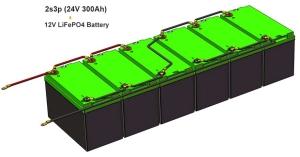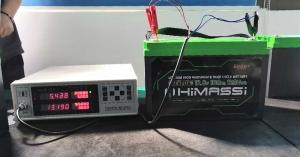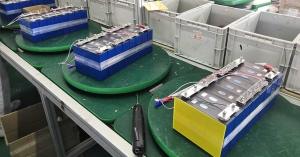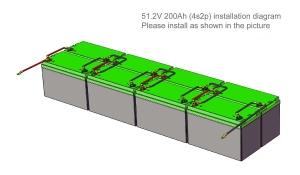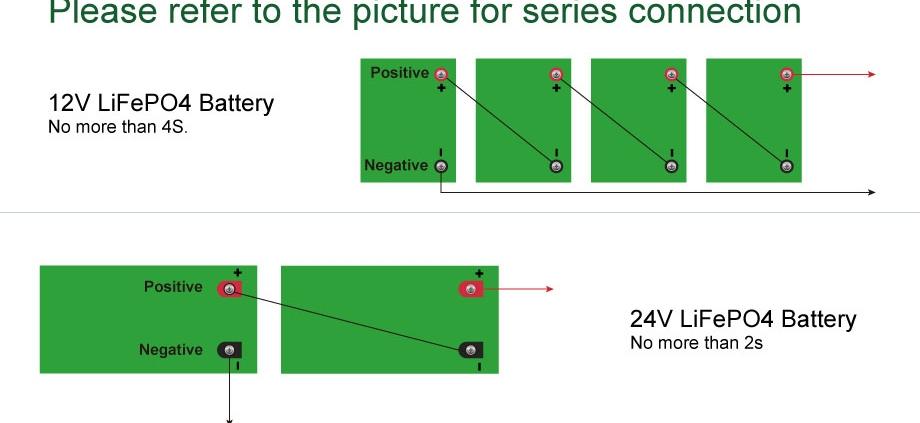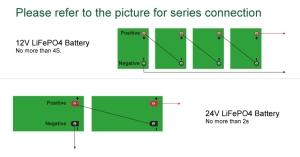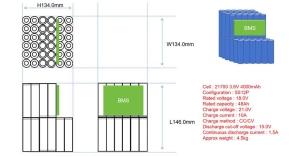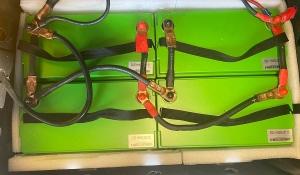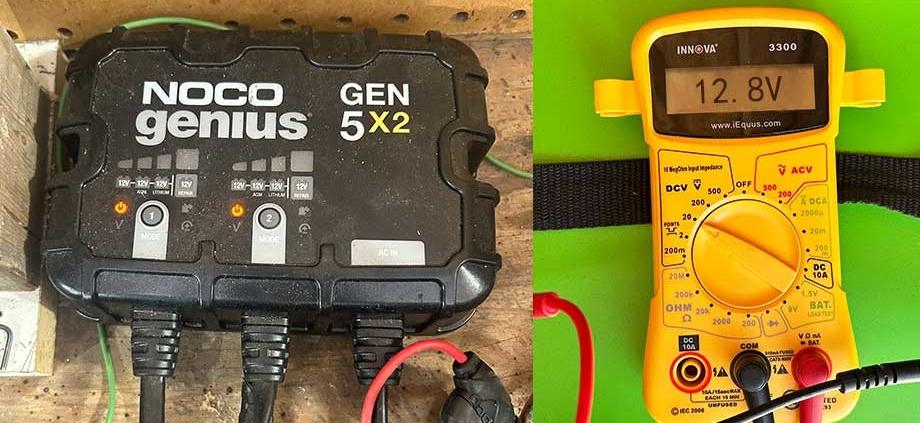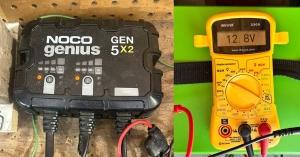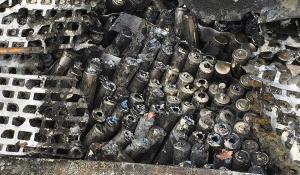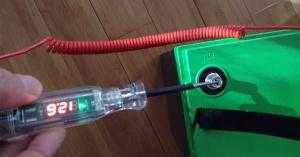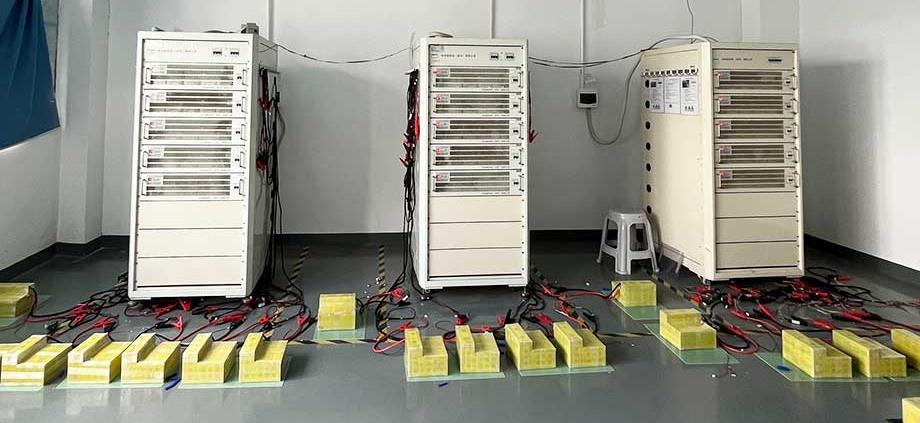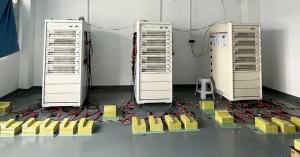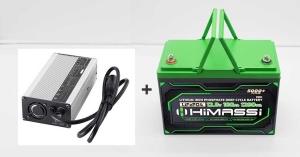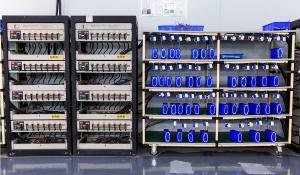Understanding the Special Charging Needs of LiFePO4 Batteries
LiFePO4 (Lithium Iron Phosphate) batteries are renowned for their safety, longevity, and efficiency, making them a preferred choice for various applications, from electric vehicles to renewable energy storage systems. However, a key aspect that users must consider is the necessity of using a special charger tailored to the unique characteristics of these batteries. This comprehensive guide will explore the reasons why LiFePO4 batteries require special chargers and how Himax Electronics can offer optimal charging solutions.
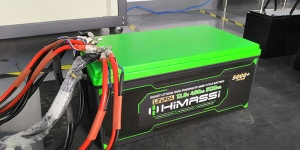
LiFePO4 Battery Chemistry and Its Implications
LiFePO4 batteries differ significantly from traditional lithium-ion batteries in their chemical composition and performance:
- Thermal Stability: These batteries exhibit superior thermal stability, which minimizes the risk of thermal runaway—a common concern with other lithium-based batteries.
- Long Cycle Life: LiFePO4 batteries can endure more charge and discharge cycles before their capacity starts to degrade, substantially outlasting other types.
- Enhanced Safety: The phosphate-based chemistry of these batteries provides increased safety, reducing the risk of fires and explosions compared to batteries made with other lithium compounds.
Why Do LiFePO4 Batteries Require Special Chargers?
The unique makeup of LiFePO4 batteries necessitates specific charging requirements to maintain their health and maximize performance:
- Charging Voltage: Each cell in a LiFePO4 battery typically has a nominal voltage of 3.2 volts, leading up to about 13.2 volts for a standard 12-volt battery. This is distinctly lower than the charging voltages required for other lithium-ion batteries, necessitating a charger that can accurately deliver and regulate this voltage.
- Charging Algorithm: LiFePO4 batteries require a precise constant current/constant voltage (CC/CV) charging profile. This method ensures the battery is charged efficiently and safely, without the risk of overcharging which can degrade the battery’s lifespan and performance.
The Dangers of Using Non-Specific Chargers
Utilizing a charger not specifically designed for LiFePO4 batteries can pose several risks:
- Overcharging: Exceeding the battery’s voltage threshold can lead to cell damage, potentially causing failure or significantly reducing its operational life.
- Undercharging: Failing to fully charge the battery can result in suboptimal performance and reduced available capacity.
- BMS Compatibility Issues: Many LiFePO4 batteries incorporate a Battery Management System (BMS) that works directly with the charger. An incompatible charger might not communicate effectively with the BMS, leading to poorly balanced charges and reduced battery efficacy.
Choosing the Right Charger for LiFePO4 Batteries
To ensure your LiFePO4 batteries are charged correctly and safely, follow these guidelines:
- Check Compatibility: Verify that the charger is designed for LiFePO4 batteries and matches the specific voltage and charging profile requirements.
- Select Dedicated Chargers: Opt for chargers provided or recommended by reputable battery manufacturers, which are guaranteed to be compatible.
- Consult Experts: When in doubt, seek advice from the battery or charger manufacturer to ensure you’re selecting the best charging solution for your needs.
Why Himax Electronics Chargers?
Choosing Himax Electronics for your LiFePO4 charging solutions brings several advantages:
- Optimized Charging: Our chargers are specifically designed to meet the unique needs of LiFePO4 batteries, ensuring efficient and safe charging.
- Extended Battery Life: Proper charging with compatible equipment helps maintain optimal battery health and performance, extending the usable life of your batteries.
- Reliable Support and Warranty: We provide comprehensive customer support and warranties, ensuring peace of mind with your investment.
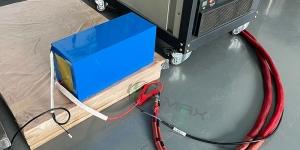
Conclusion
LiFePO4 batteries, with their distinct advantages in safety and longevity, do require special chargers to maintain their health and efficiency. Using the appropriate charger is crucial for maximizing the performance and lifespan of these batteries. Himax Electronics offers a range of dedicated chargers designed specifically for LiFePO4 batteries, ensuring your energy solutions are powered effectively and safely. Visit our website or contact us directly to learn more about our products and how we can assist in optimizing your battery charging needs.

